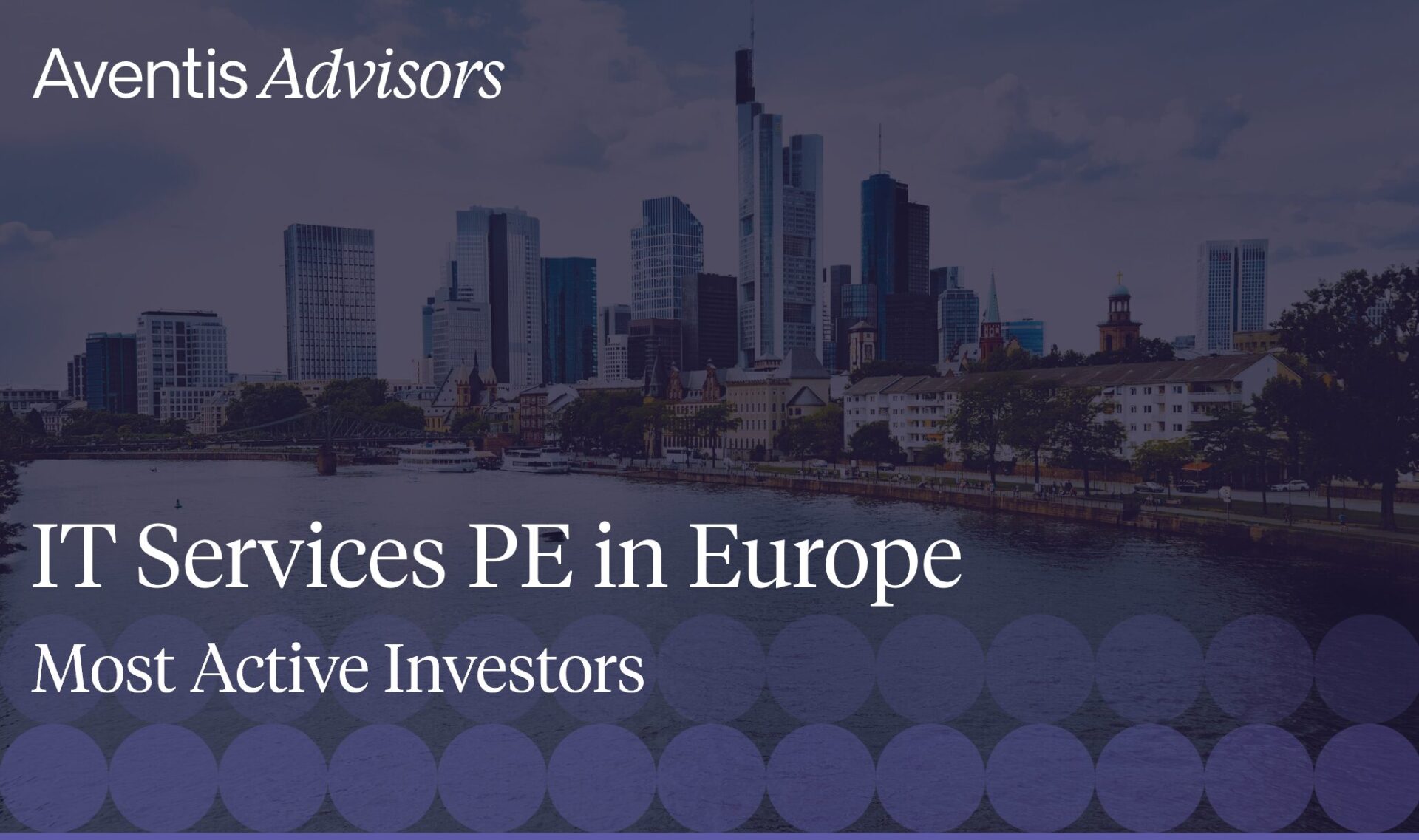Central and Eastern Europe is a dynamic region, and has displayed unparalleled growth throughout the past few decades. Consequently, the region exhibits vast potential, and houses some of the most interesting and well-built companies in the world.
This has attracted private equity investors who look to act on this well kept secret, and capitalize on potential returns that the CEE region brings.
For this research, we reviewed 780 private equity deals reported on Mergermarket in Central and Eastern Europe (excl. Russia) from 2014 to July 2024. This report will shed some light on the private equity industry in Central and Eastern Europe, as well as detail some of the most interesting insights for founders looking to raise capital from PE funds.
Why is CEE an attractive market?
CEE region’s dynamic economic growth, highly skilled workforce, and competitive costs make it an attractive market to invest in. The region’s increasing integration into global markets, combined with a strong entrepreneurial culture, makes it a prime destination for investment and business expansion. Additionally, CEE’s strategic location offers easy access to both Western Europe and emerging markets in the East.
Attractive growth story: Throughout the past decade, Central Europe and the Baltics have produced better GDP growth rates than the European Union. CEE’s growing economy is a clear indication that consumer spending is strong and that consumer sentiment is high, creating an atmosphere private equity funds adore.
Easy access to the EU single market is a significant advantage for businesses in the CEE region, promoting growth in consumer demand and fostering a supportive environment for innovation.
Talented and low-cost workforce: The talent pool in Central and Eastern Europe is also unique in that there is a growing desire from founders to scale their company outside CEE. Low cost labor coupled with a growing labor force make investing in this region worthwhile.
Upcoming technology hub: The tech landscape, specifically, has grown at an impressive rate due to a higher number of tech graduates in recent years, thus increasing technological innovation in fields like SaaS and IT.
Bolstered by an entrepreneurial spirit, founders along with management teams often navigated through harsh times throughout the past few decades in order to keep their businesses running. In doing so, they found themselves building a sustainable business model that fed off of CEE’s economic growth. The key theme here is growth, without it, there would be no incentive towards returns.
For more information about M&A within Central and Eastern Europe, please refer to our comprehensive M&A in CEE report.
Private Equity Deals in CEE region
By deal count
Private equity deals in Central and Eastern Europe have increased year over year following the global financial crisis, with the peak being in 2022. In 2014, there were only 44 private equity deals in CEE compared to 94 deals in 2022.
The COVID pandemic seems to ‘not’ have disrupted the deal flow between 2020-2022 in the CEE region as valuations here were lower (what we call the CEE discount) and government agencies allocated funds to support the PE ecosystem, fueling an appetite for deal making. The eastern Europe region has shown resilience and growth in deal count despite global economic declines, underscoring its importance in the investment landscape.
As of July 2024, there have been 30 PE deals completed in Central and Eastern Europe, putting it on track to complete ~60 deals by the end of the year.
By country and sector
Poland is the most developed country in terms of GDP scale and resources and it accounts for nearly one-third of all private equity deals in Central and Eastern Europe. Its greater and more liquid economy houses more companies, and therefore, more opportunities to capitalize on potential returns for regional and international investors.
Czech Republic is second in terms of PE deal flow, and has displayed impressive growth throughout the past 7 years. Both Poland and Czech Republic exhibit low volatility in deal flow even during tough years, compared to other CEE countries, confirming their more mature status.
All the other countries within eastern European region remain less developed but overall, the region remains robust and has all the necessary characteristics needed to invest and scale a company that PE funds scout for.
Cross-border integration is a significant trend in the CEE private equity landscape, highlighting the potential for consolidation through cross-border deals. The region’s smaller companies present a highly fragmented market that is ripe for such consolidation, especially in response to evolving market conditions and geopolitical challenges.
The consumer industry remains the most favorable investment in CEE for PE funds. This is no surprise as roll-up and bolt-on-acquisition strategies are most fitting and doable within the CEE consumer industry which is some what fragmented.
As for the technology sector, PE deals have been increasing year over year, thanks to the rising technological innovation and expertise that CEE has to offer.
In addition, due to some elements of similarities between eastern European countries, it is quite often seen that market expansion from one country to another in the region becomes less daunting.
But all this information begs the question, so which PE firms are actually investing in CEE?
Most active private equity funds in Central and Eastern Europe
Below, we have mapped out the top private equity investors in the CEE region.
Over the last decade, foreign PE investors have consisted on average 28% out of all PE deals that happen in CEE. This can vary depending on the market sentiment surrounding the region.
Meanwhile local and CEE focused fund managers make up the majority of the deals in the region as they are equipped with a structured regional investment strategy, and have developed a unique understanding of the key players within the CEE market. They could be industry specific, or in most cases, generalists who look for a company they deem worthy.
Interestingly enough, we see a rising trend towards global private equity firms teaming up with CEE focused private equity firms. This is an effective way for international investors with no experience in the region to suddenly bolster region expertise and increase equity ticket sizes.
We classify CEE investors as firms based in Central and Eastern Europe and specialize in investing within the region, while foreign investors are non-CEE focused global investors.
Global private equity firms usually hunt for middle market companies in CEE region either to consolidate the industry even further or to merge it with an industry leader abroad.
Top 10 Software Private Equity Investors
Aventis Advisors M&A Advisory for Founders
As a founder in Central and Eastern Europe (CEE), selling your business is a significant milestone. Whether you’re exploring your options or have received a private equity offer, understanding the terms—like equity stake, investment type, and timeline—is crucial.
Private equity firms in CEE typically offer strong support, working with you rather than taking over. But to truly maximize your exit, partnering with the right advisor is key. That’s where we, Aventis Advisors, come in. We are a Polish M&A advisor specializing in technology and growth companies across CEE.
We understand that these decisions are deeply personal, and we’re here to support you every step of the way. We know this region inside and out, and we’ve helped founders like you not just sell their businesses but do so in a way that maximizes value.
We’ve successfully guided deals, like the sale of CKSource to a top U.S. investor, by creating competitive bidding processes that drive value.
We bring not just experience, but a commitment to helping you achieve the best possible outcome. We’re more than just advisors; we’re your partners in securing the future you’ve worked so hard to build. Contact us for a non-obligatory consultation today!




